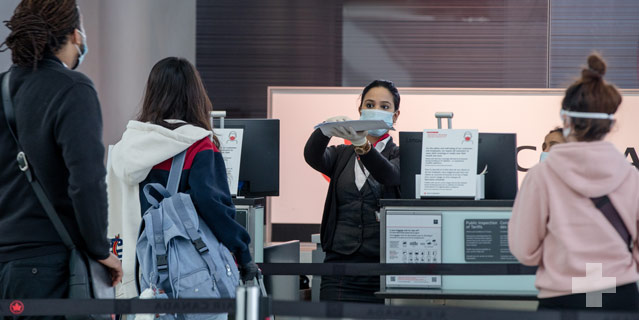|
Getting your Trinity Audio player ready…
|
One out of five destinations continues to have their borders completely closed as new surges of COVID-19 impact the restart of international tourism. The latest research shows that still, 98% of all destinations have some kind of travel restrictions in place.
According to the UNWTO Travel Restrictions Report, 46 destinations (21% of all destinations worldwide) currently have their borders completely closed to tourists. Of these, 26 destinations have had their borders completely closed since at least the end of April 2020. A further 55 (25% of all global destinations) continue to have their borders partially closed to international tourism, and 112 destinations (52% of all destinations) require international tourists to present a PCR or antigen test upon arrival.
The research also shows how destinations are opening up to vaccinated international tourists: 85 destinations (39% of all destinations worldwide) have eased restrictions for fully vaccinated international tourists, while 20 destinations (9% of all destinations worldwide) have made a full COVID-19 vaccination mandatory for entering a destination for tourism purposes. However, just four destinations have so far lifted all COVID-19-related restrictions completely (Colombia, Costa Rica, Dominican Republic, and Mexico).
UNWTO Secretary-General Zurab Pololikashvili says: “The safe easing or lifting of restrictions on travel are essential for the restart of tourism and the return of the social and economic benefits the sector offers. The trend towards destinations taking evidence-based approaches to restrictions reflects the evolving nature of the pandemic will also help restore confidence in travel while helping keep both tourists and tourism workers safe.”
As in previous editions of the UNWTO Travel Restrictions Report research, this latest report shows that regional differences with regard to travel restrictions remain. Asia and the Pacific remain the region with the most restrictions in place, with 65% of all destinations completely closed. In comparison, Europe is the most open global region to international tourists (7% of borders completely closed), followed by Africa (9%), the Americas (10%), and the Middle East (15%).
The ongoing challenges posed by the pandemic further emphasises the importance of national authorities ensuring that immigration procedures and requirements are provided in a timely, reliable, and consistent manner across all information systems and platforms, to maintain confidence and trust and to further facilitate international mobility.
SOURCE: UNWTO
